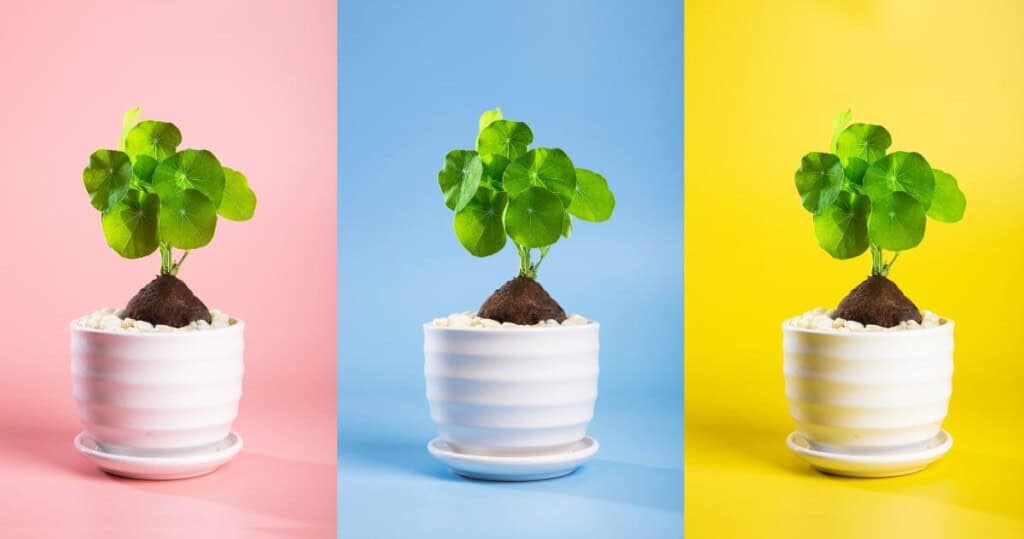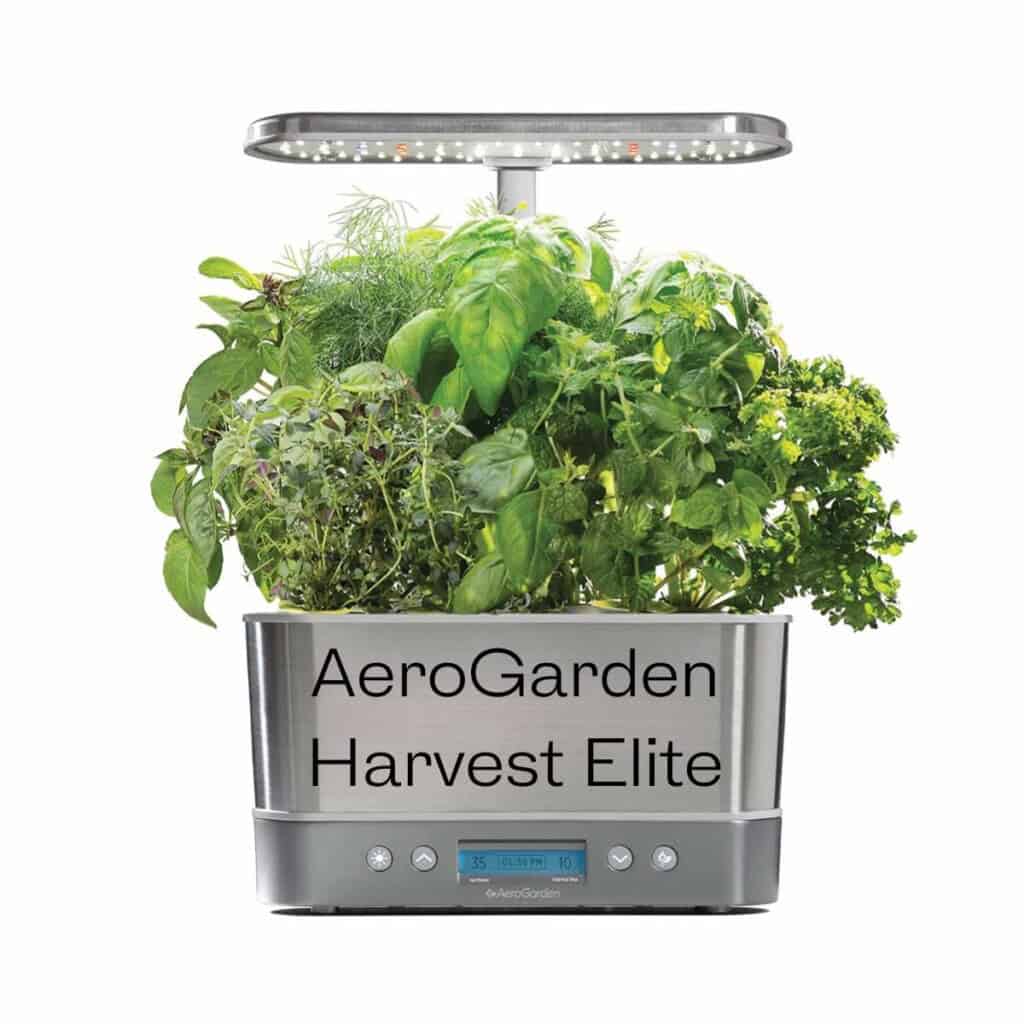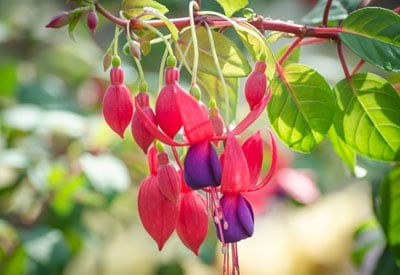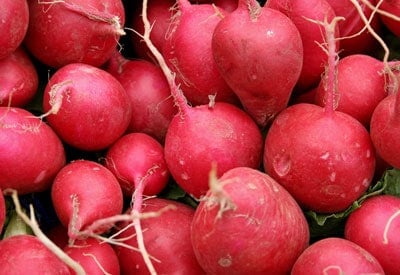How to Grow an Indoor Vegetable Garden: A Beginner’s Guide

Growing an indoor vegetable garden can be a great way to enjoy fresh, healthy produce year-round. With the right setup and care, you can create a thriving vegetable garden in your own home. If you don’t have an outdoor space to grow your own vegetables or live in a small apartment, you may believe that […]
10 Best Indoor Garden Systems of 2023 + Factors to Consider

Indoor Garden Systems are designed to allow you to grow fresh produce all year round in the comfort of your own home. This means that you can grow your favorite plants even if you don’t have a sunny backyard space! These garden systems are ideal for busy people or those who feel that they lack […]
ULTIMATE GUIDE to Stephania Erecta Care from Dormancy to Sprouting – All You Need to Know!

Stephania Erecta, also called Stephania pierrei, is a native of Thailand. The Stephania Erecta plant has a large potato-shaped woody bulb called a caudex that can grow to be seven inches wide. Several long slender stems grow from the caudex, topping out at three feet tall. These are topped by green leaves about two inches […]
What Do Ladybugs Eat? Complete Guide to Ladybug Diet

You may be wondering “what do ladybugs eat?” Ladybugs feed on a wide variety of small insects and insect eggs. Their favorite food is aphids, but they also eat small spiders, mealy bugs, and other insects and mites they can attack and subdue. Ladybugs eat the eggs of the Colorado Potato Beetle and European Corn […]
33 Perfect Gardening Gifts For Mom (That Are Also Unique!)

Does your mom enjoy herself the most when she’s in her garden? Then surprise her one of these incredible gardening gifts for mom and watch her glee with joy! Whether your mom was born with a green thumb or has started getting into this new hobby, you’re bound to find the perfect gift for her […]
AeroGarden Harvest Elite: Is it Better Than the Harvest?

You might be wondering if you should buy the Harvest Elite but maybe want to learn more about it. If that sounds like you, this article is exactly what you need to read. AeroGarden is one of the most popular brands of smart indoor gardens out there, and the Harvest family is a great choice […]
Complete Guide to AeroGarden Bounty: Is it Worth the Price?

When you buy the AeroGarden Bounty, you won’t have to wait for the perfect weather conditions to grow your favorite salad greens, veggies, or herbs! This incredible indoor gardening system allows you to grow up to 9 plants at a time, and it neatly fits on top of your kitchen countertop! If you’ve ever dreamed […]
Fuchsia Plant Care: How to Plant, Grow and Care for Fuchsias

Delicate and unique, fuchsia plants are a colorful summer delight.
Growing Radishes: How to Plant, Grow, and Harvest Radishes

Easily planted from seed, organic gardeners enjoy growing radishes for their crisp, peppery roots.
Coneflower: How to Plant, Grow, and Care for Echinacea spp.

One of the best flowers for attracting butterflies, purple coneflower adds color to the late summer landscape.
How to Keep Deer Out of the Garden (Top 5 Foolproof Methods)

How to keep Bambi away with barriers and natural deer repellents.
Worm Composting: Complete Beginner’s Guide (7 Step Process)

Composting with worms (a.k.a. vermicomposting) is the proverbial win-win situation.
